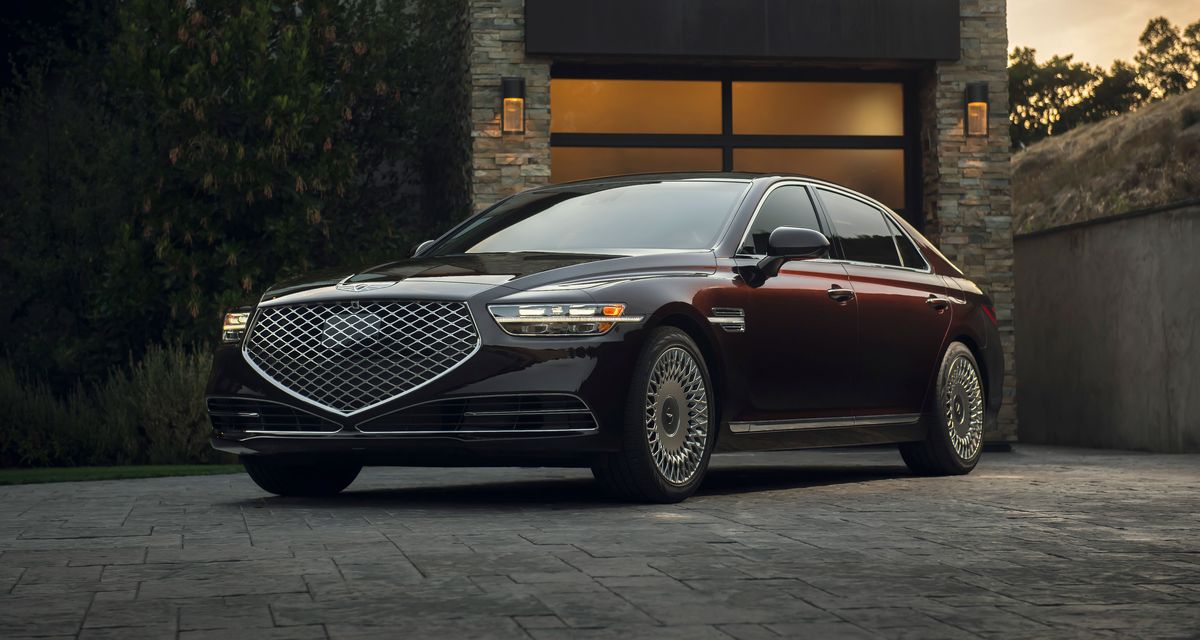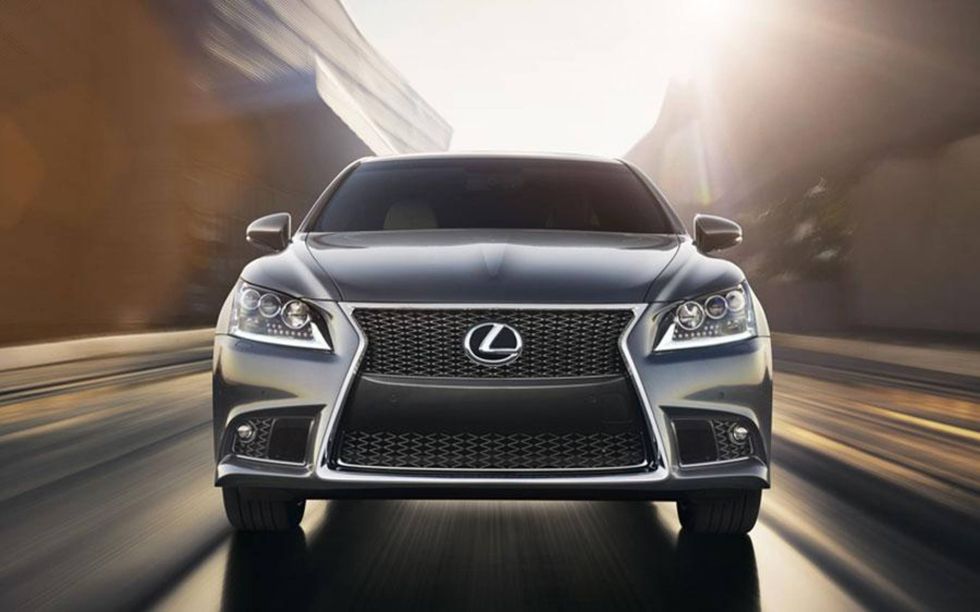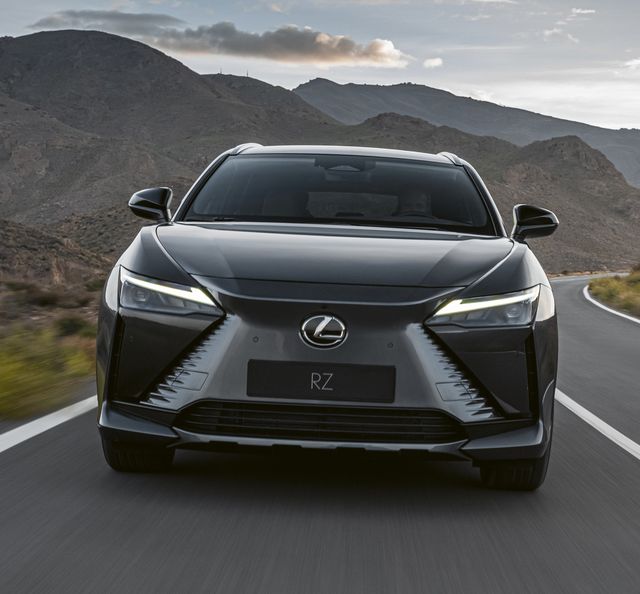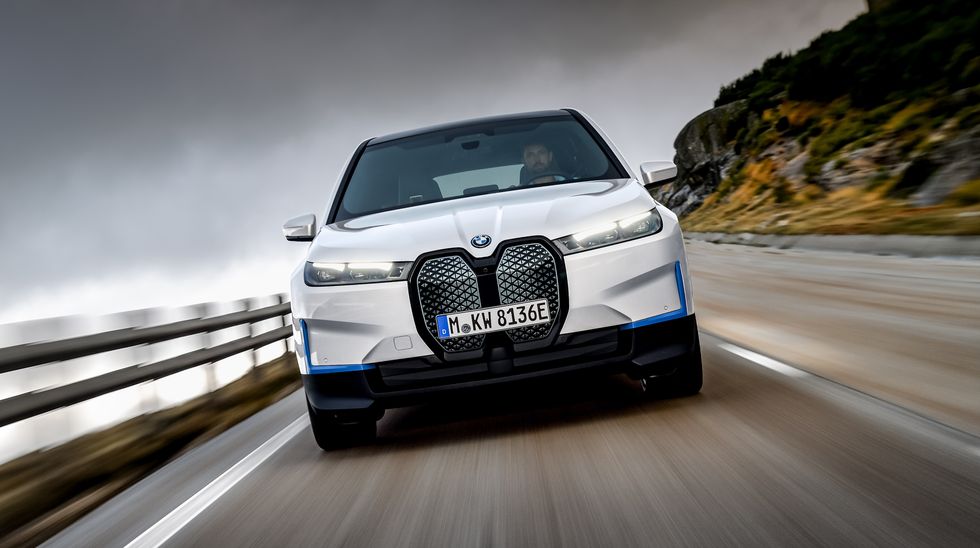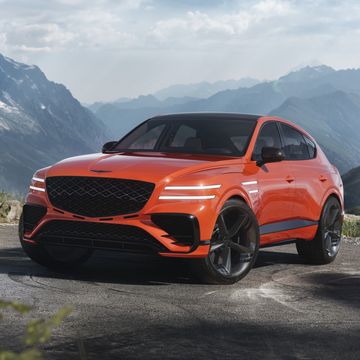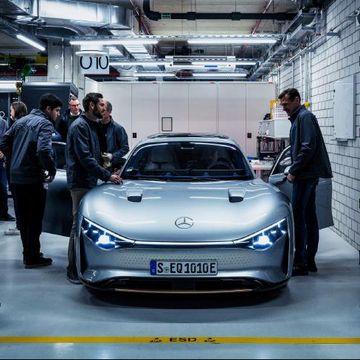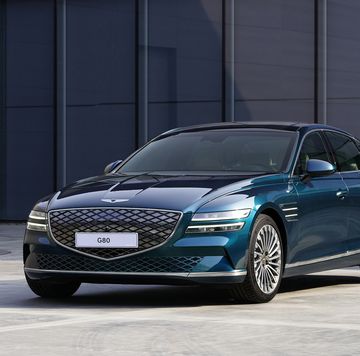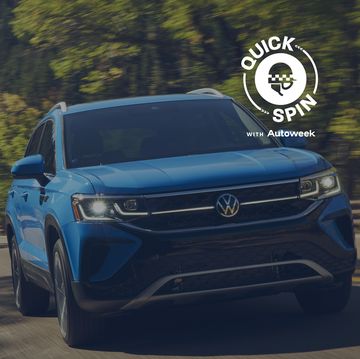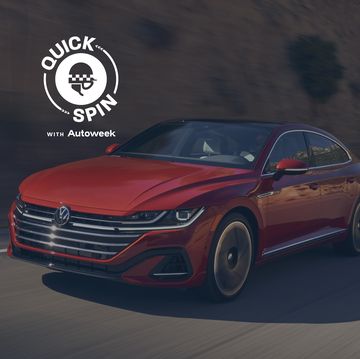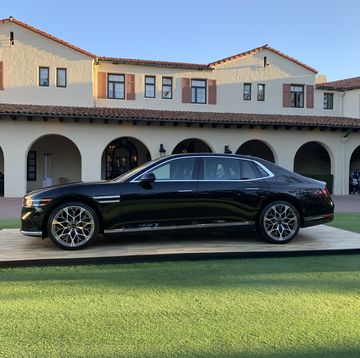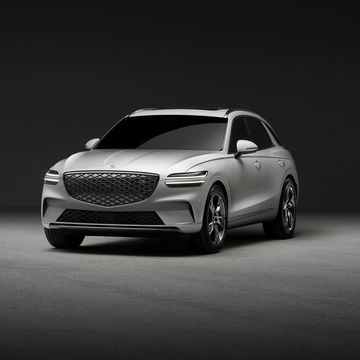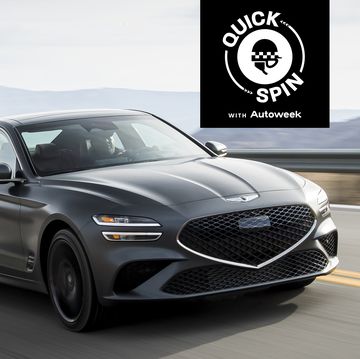- After 10 years committed to its spindle grille, it appears Lexus is now transitioning, citing that its American research found the face was a “turnoff” to buyers.
- One need only look at its competitors over the last few years to wonder if over-the-top grilles are now de rigueur for luxury vehicles.
- It’s important to remember that design phases are cyclical, and what is current or modern today is a reaction to what has gone before.
No part of a car is more important in establishing a brand’s identity and telegraphing its character than the front-end graphics.
Lexus seems to understand this better than most automotive brands. Initially offering conservatively designed vehicles, Lexus began embracing a more stylistic approach around 2012 with the introduction of its then-new GS sedan. There was nothing visually radical about this car, with the exception of the new “spindle” grille, the first production Lexus to use what would become their design signature.
Cautiously executed at first, it would become bigger and bolder in subsequent years as Lexus designers applied it on all their vehicles. Inherently controversial from the start—and for some of us visually irritating—why has Lexus continued with it to this day?
Part of the answer is simple: It’s distinctive. I knew a colleague whose only criteria for a good design was that it was “different.” Lexus must agree, because no other car maker has anything like it, perhaps for justifiable aesthetic reasons. But unlike the older, more traditional models, you do recognize the faces of these vehicles as being uniquely Lexus.
Another consideration is that in competing with the traditional German luxury brands, Lexus was at a disadvantage. It took Mercedes and BMW many years to establish a high-quality reputation along with clearly recognizable front-end graphics for their products.
Despite being known for their quality almost from the start, the new kid on the block Lexus did not have the design gravatas of their competitors, so a bold move to visually elevate their products made sense.
Yet, after 10 years committed to this look, it appears that Lexus is now transitioning. Citing that its American research found the face was a “turnoff” to buyers (this took ten years?) Lexus will move from the spindle grille to the “spindle body,” using more body surface to suggest the spindle shape, perhaps to enable its future EVs.
Progress? It remains to be seen but the new 2023 RX crossover which supposedly demonstrates this new direction, still presents one scary visage.
But could it be that Lexus was right all along? One need only look at its competitors over the last few years to wonder if over-the-top grilles are now de rigueur for luxury vehicles.
Look at BMW, for example. The new 7-Series sedan and X7 SUV incorporate rectangular versions of the traditional two-port grille so large that they seem like caricatures.
Even the BMW iX and i4 employ large, vertical, bucktooth grilles despite both being EVs. Unfortunately, BMW’s front identity has now gone from a history of careful and thoughtful evolution to a theatrical use of scale to impress when refinement alone will not.
Audi also is following the trend. With neither an iconic radiator shell like that of Mercedes-Benz nor BMW’s recognizable dual-kidney graphic to set it apart, Audi initially relied instead on a prominent display of its four-ring emblem. But around 2005 Audi went from its rather conservative horizontal front graphic to a bolder vertical grille.
Though somewhat startling at the time, these cars are nothing compared to current versions like the A8, Q7, or all-electric e-trons, (the EVs don’t have the same cooling requirements as the conventional models). They’re as big or bigger than anything Lexus has plugged onto its fronts.
But when it comes to leveraging sheer size, the current line of Genesis must surely take the prize. Less established than any of the brands mentioned, what better way to make an impression than take the Lexus example and go one step further? The G80, G90, and GV80 have front ends that are absolutely dominated by the grille.
While the graphic shape is distinctive, it’s really the proportions that set them apart. To be sure, they are impressive—in the same way a McMansion is impressive—and some will find this appealing. But the newest Genesis vehicles are truly competitive, generally quite handsome, and would continue to be so even without the massive amount of glitter currently adorning their noses.
So, while we seem to be in a period where overstatement and pretension can’t be overdone, this certainly isn’t the first time when design excess flourished. But it’s important to remember that design phases are cyclical, and what is current or modern today is a reaction to what has gone before.
If that’s the case, perhaps we can look forward to front signatures that are more discrete and elegant, but that at the same time boldly project the vehicle’s identity without the reliance on a non-functional gaping mouth. And maybe Lexus’ new direction will embrace this, instead of the Darth Vader or Predator expression of late. One can only hope.
Dave Rand (pictured right) is the former executive director of Global Advanced Design for General Motors.
